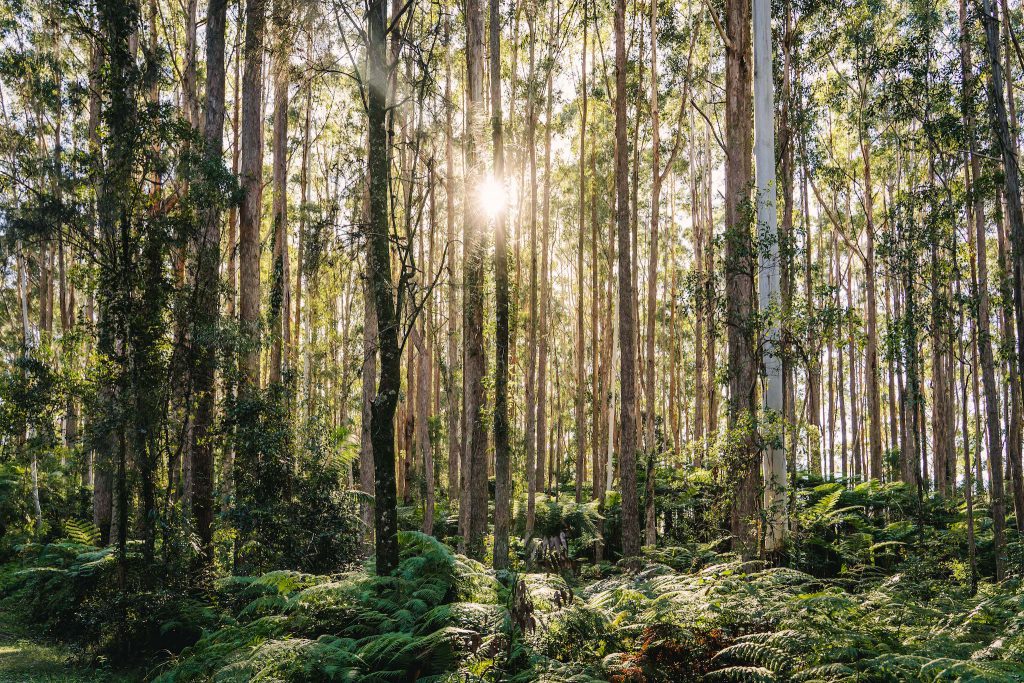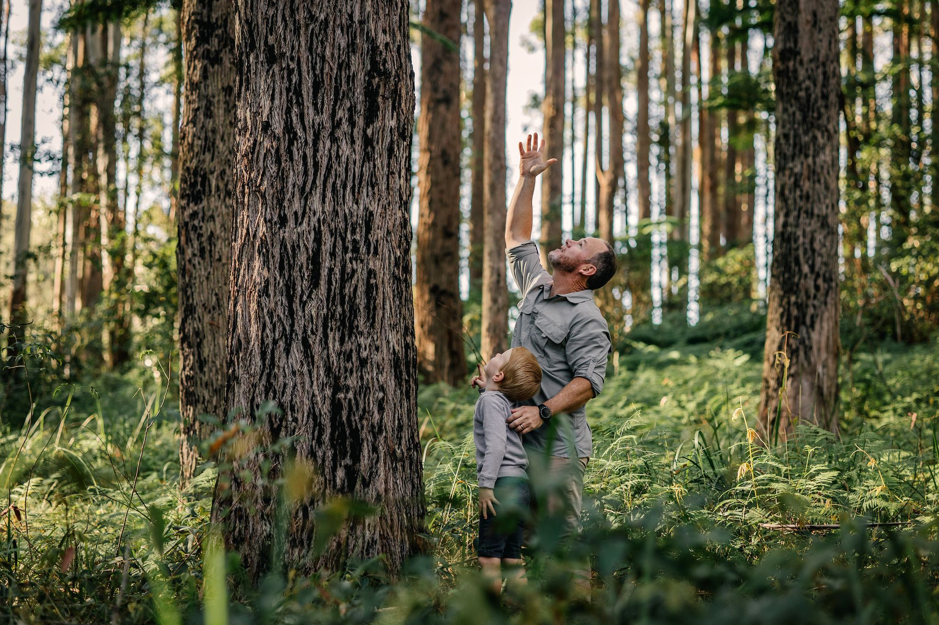Contact us today to arrange your free, no-obligation forest assessment.
What is a Forest Assessment?
We assess three key things: forest accessibility, forest type and forest condition.
Forest Accessibility
We survey the location and suitable access points to your forest. This can include open tracks within the forest and any weight-limit bridges on main access roads.
Forest Type
We assess coastal and tableland forest types, including the tree species mix.
Did you know seven broad forest types are along the East Coast of Australia?
- Tablelands Hardwood
- Tablelands Ash
- Spotted Gum
- North Coast Dry Mixed Hardwood
- North Coast Moist Mixed Hardwood
- North Coast Flooded Gum
- North Coast Blackbutt
Forest Condition
Four broad categories of forest conditions apply to coastal and tableland forests. Each requires different approaches to sustainable forest management.
- Even-aged forests which have regenerated following bushfire, harvesting or agricultural clearing.
- Mixed-aged well-stocked eucalypt forest in good productive condition.
- Even-aged forest with some mixed-aged present as the result of an early clearing event with subsequent regeneration.
- Well-stocked eucalypt forest, with few trees in good productive condition.
When assessing the productive condition of a tree, we look for four main signs;
- Dead or hollow limbs due to rot
- Tree trunk lumps due to insect or grub activity
- Swollen butt due to fire or an ant nest
- Thick and vibrant bark – a sign of strong health
Forest Valuation
As part of our assessments, we provide a free valuation of your private native forest. Determining your trees’ worth is predominately based on the species and quality of trees recommended for sustainable harvesting.
There is no obligation to commit to timber harvesting; we will only recommend this where it is the best long-term solution for your forest.
The sustainable timber market in Australia.
There has been a major shortage of Australian native timber in recent years. This has been exacerbated due to a simultaneous increase in the number of new homes being constructed and a decrease in available timber due to bushfires and flooding. This unprecedented demand has seen the market value for timber continue to grow. By sustainably harvesting your timber, you will contribute to a more sustainable Australia. You will also be enabling a reduction in the import of timber and helping to manage your private native forest for the long-term future benefit.
How much are my trees worth?
Species, size, quality and location predominately determine the value of your trees. Some species grow more consistently healthy and will recover a higher percentage of quality sawn timber. Additionally, larger trees can produce larger end sections (sizes) worth more per cubic metre.
Coastal Blackbutt and Spotted Gum are in particularly high demand; as a fire retardant species, they are highly sought after for home constructions in areas of bushfire risk.
Our sustainable harvesting operations typically yield between $2,000 and $5,000 (and in some cases up to $10,000) royalty per hectare harvested.
Our strong established relationships as the market leader enable us to ensure the best rates for your timber.
Get in touch today for a no-obligation assessment of your private native forest.
After an assessment, what’s next? Read about Private Native Forest Plans.

